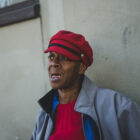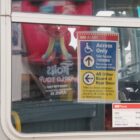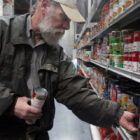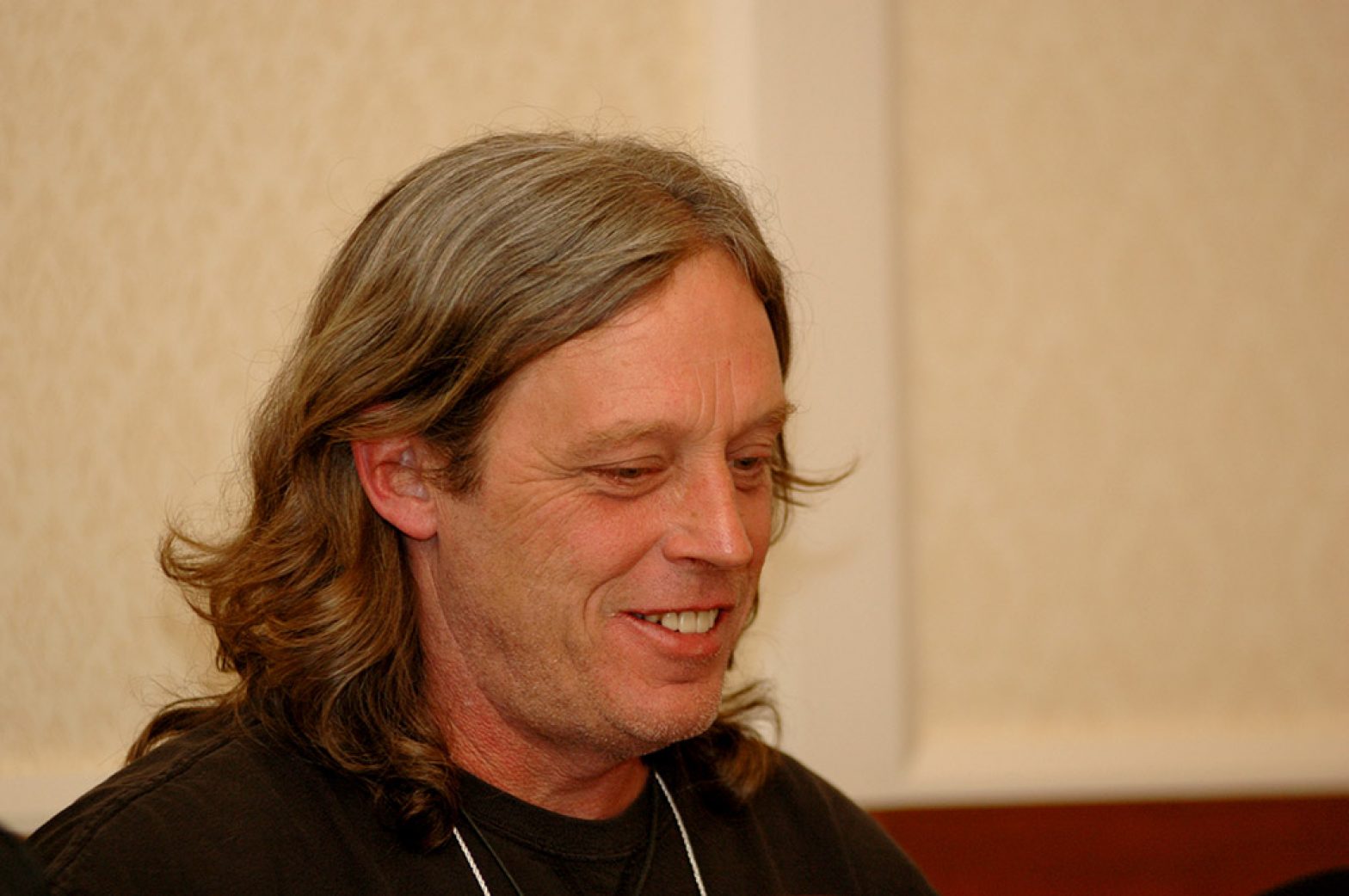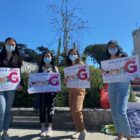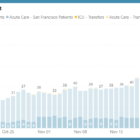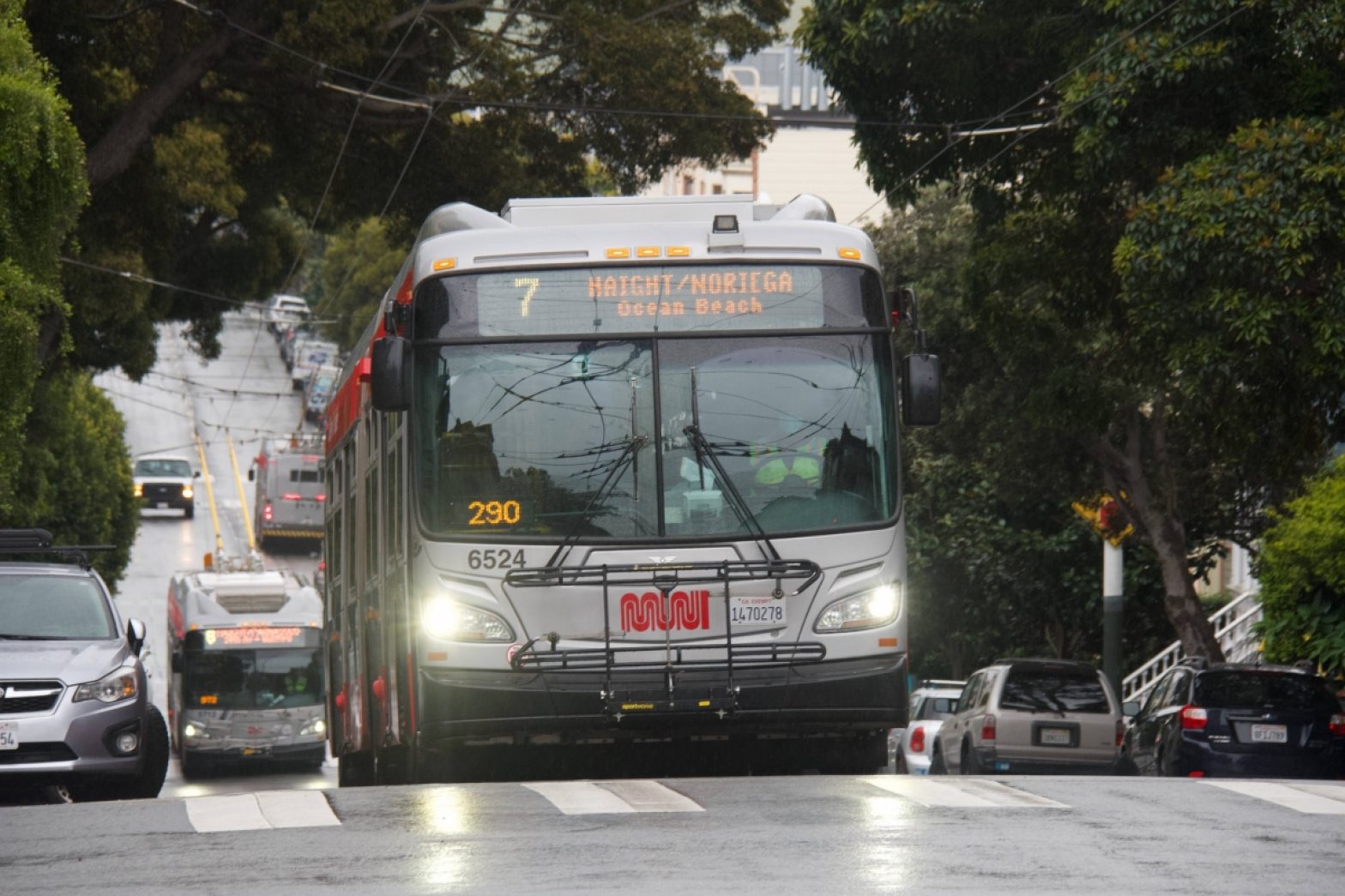Homelessness
Shelter-in-Place Hotel Wind-Down Plan Lacks Adequate Data, Strategy on Race
Though roughly three-fourths of the assessed residents of San Francisco’s shelter-in-place hotels are minorities, the city has no plan to assure that those people get safe landing spots in proportion to their race as it prepares to wind down the program.
Of particular concern for advocates is the priority list used to determine how to allocate housing to those experiencing homelessness. This system, called coordinated entry, does not take into account race when determining who is most in need of housing, despite the predominance of African Americans among hotel residents, service providers say.
